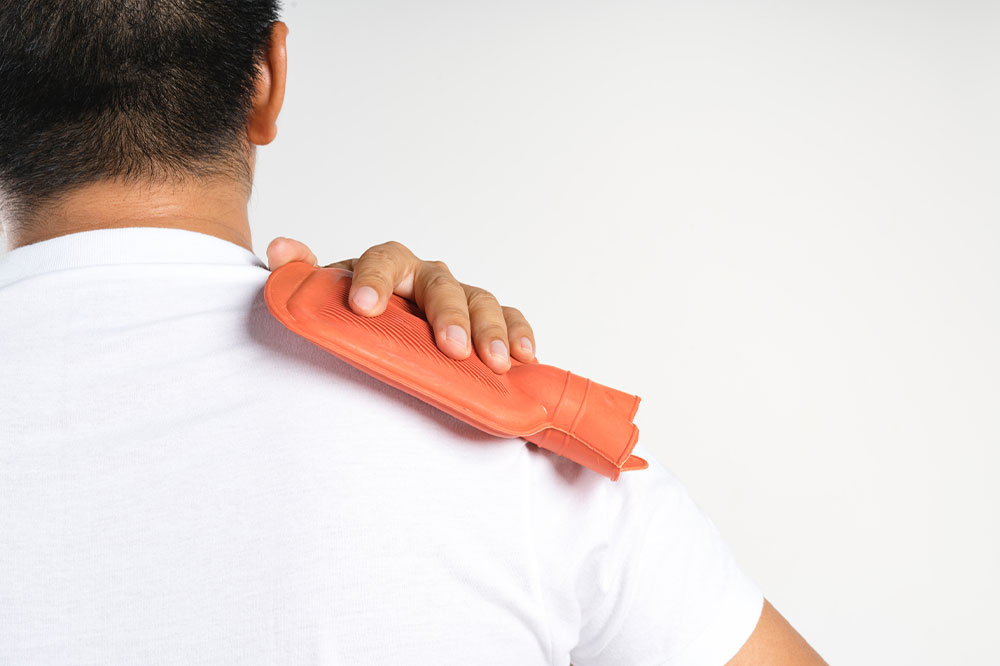
Heat cramps – Causes, symptoms, and management
Heat cramps are painful muscle spasms. They result from several factors, such as electrolyte loss and dehydration, mainly during hot weather and when performing strenuous activity. Heat cramps are sometimes followed by heatstroke. While athletes are more prone to the problem, it can affect anyone. The good news is you can treat them using simple remedies at home. Read on to learn more about the symptoms, causes, and ways to manage heat cramps.
Causes and risk factors
Dehydration is the most significant cause. Heat cramps occur when the body loses water and electrolytes that help with muscle movement. This typically happens when you sweat a lot, do not drink enough water, and ignore electrolyte-rich foods. Dehydration can be mild to life-threatening. A few dehydration symptoms in adults include less than normal sweating or urine, dry skin or mouth, dark-colored urine, extreme thirst, and tiredness or dizziness.
People who indulge in strenuous activity are also susceptible to heat cramps. This includes military personnel, athletes, and manual laborers. The risk increases when performing physical activity in hot weather.
A few other risk factors include:
Age (older adults and younger children are more susceptible).
Using treatments that list heat craps as a side effect.
Being diagnosed with comorbid conditions like skin disorders, heart diseases, and diabetes.
Visiting areas without proper access to water or shelter.
Signs and symptoms
Muscle hardening and tightening are the primary symptoms, which may trigger mild to severe pain. You may even notice the muscle cramping. For instance, heat cramps in the toes can cause the toes to stiffen or curl. These are involuntary actions you cannot control. The other signs of heat exhaustion are:
Weakness and tiredness
Nausea and vomiting
Dizziness
Clammy skin
Treatment and management
You can treat heat cramps at home through the following methods:
Find a cool place and rest
As soon as you notice the symptoms, stop whatever you are on to and rest. When outdoors, head to a nearby shelter and find a cool place. Resume your task only when the cramps go away completely.
Elevate your legs
Lie flat and prop your legs up. This will improve blood flow to the affected muscles and speed up recovery.
Replenish electrolytes and fluids
Have a glass of water or a sports drink to replenish the lost electrolytes. Eating magnesium or potassium-rich foods like avocadoes, legumes, beans, sweet potatoes, and bananas can also help.
Massage and stretch the cramped muscles
Stretch or rub the affected body part to relieve the muscle fibers. Ensure to be gentle, as aggressive stretching can worsen the symptoms.
Prevention tips
Here’s what you can do to lower the risk of developing heat cramps:
Stay hydrated at all times, especially before, during, and after workouts.
Avoid caffeinated beverages before exercise, as they amplify the risk of dehydration.
Eat foods with electrolytes like magnesium, sodium, or potassium.
Avoid exercise or work during the hottest hours of the day.
When traveling to places with hot weather, acclimatize your body to heat for a week before the trip.
Wear loose and light-colored clothes.
Stretch your muscles regularly to avoid new cramps.




